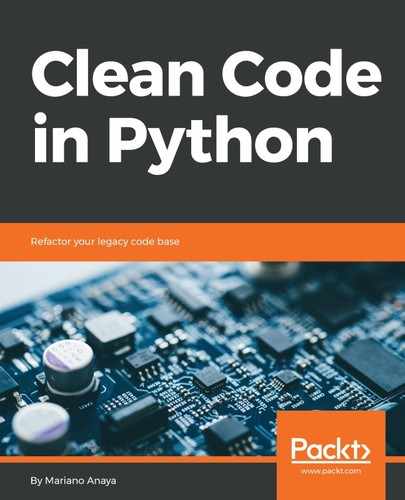In its most basic form, the new yield from syntax can be used to chain generators from nested for loops into a single one, which will end up with a single string of all the values in a continuous stream.
The canonical example is about creating a function similar to itertools.chain() from the standard library. This is a very nice function because it allows you to pass any number of iterables, and will return them all together in one stream.
The naive implementation might look like this:
def chain(*iterables):
for it in iterables:
for value in it:
yield value
It receives a variable number of iterables, traverses through all of them, and since each value is iterable, it supports a for... in.. construction, so we have another for loop to get every value inside each particular iterable, which is produced by the caller function. This might be helpful in multiple cases, such as chaining generators together or trying to iterate things that it wouldn't normally be possible to compare in one go (such as lists with tuples, and so on).
However, the yield from syntax allows us to go further and avoid the nested loop because it's able to produce the values from a sub-generator directly. In this case, we could simplify the code like this:
def chain(*iterables):
for it in iterables:
yield from it
Notice that for both implementations, the behavior of the generator is exactly the same:
>>> list(chain("hello", ["world"], ("tuple", " of ", "values.")))
['h', 'e', 'l', 'l', 'o', 'world', 'tuple', ' of ', 'values.']
This means that we can use yield from over any other iterable, and it will work as if the top-level generator (the one the yield from is using) were generating those values itself.
This works with any iterable, and even generator expressions aren't the exception. Now that we're familiar with its syntax, let's see how we could write a simple generator function that will produce all the powers of a number (for instance, if provided with all_powers(2, 3), it will have to produce 2^0, 2^1,... 2^3):
def all_powers(n, pow):
yield from (n ** i for i in range(pow + 1))
While this simplifies the syntax a bit, saving one line of a for statement isn't a big advantage, and it wouldn't justify adding such a change to the language.
Indeed, this is actually just a side effect and the real raison d'être of the yield from construction is what we are going to explore in the following two sections.
